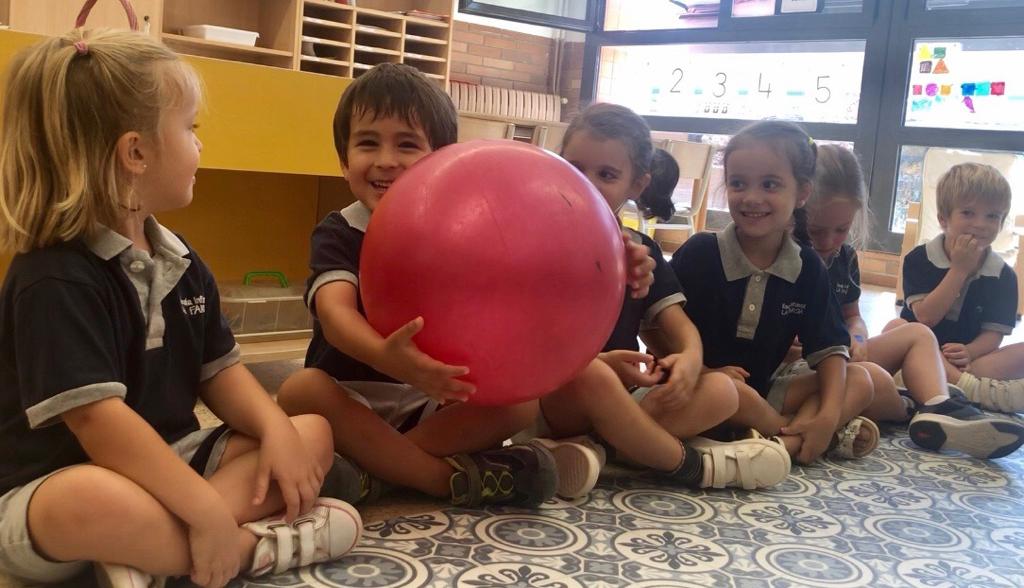| _ga | Se usa para distinguir a los usuarios. Caduca a los 2 años. |
|---|---|
| _gid | Se usa para distinguir a los usuarios. Caduca a las 24 horas. |
| _gcl_au | Se usa para hacer el tracking de las conversiones. Caduca a los 3 meses. |
| _dc_gtm_UA-4554452-1 | Se usa para limitar el porcentaje de solicitudes. Caduca al minuto. |

Music education
Music education plays a key role in the integral education of children: it broadens their auditory perception capacity, promotes the expression of feelings and emotions, stimulates creativity, helps them enjoy the sound environment and music culture , is a tool for working body knowledge and mastery, it can even be an instrument to improve shyness or ability to concentrate and relax.
The fundamental basis of music education is listening, singing, rhythm, body expression, creation, musical appreciation, exercise with musical instruments ...
This education is important for all children, not just those who seem to have a natural disposition. We can all improve our musical abilities, especially at this age and it is important, both at school and at home, to anticipate listening times, play lap games, sing with children, play improvised tunes, etc.
How do we do it at school? Classical music, listening and expressive dynamics
Music activity at school is present throughout the day through classroom songs that go along with our regular assembly, picking, changing assignments or going out in the yard, skirt games with the little ones, with rhymes and rhythms that improve their phonological awareness.
There are also two daily auditions, in the morning and in the afternoon, which follow a set schedule and help us to start the morning or afternoon band with concentration and a relaxed attitude.
Music is also very present in popular festivals held at school: La castanyada, Santa Cecília, Nadal, Sant Jordi ... and they make up a basic repertoire that helps us to keep our traditions and to introduce them 'others.
Another basic way of working music education is to consciously open ourselves to the sound reality that surrounds us: the sounds of school, of the street, of nature. Activate attentive listening and help them to respect and enjoy the sound environment of the school.
But, music is especially present in the Expressive Dynamics module. With this name we want to encompass all the dynamics, activities and lessons that help us to educate the children's musical sensibility: listening, dance, singing, learning songs, rhythm, movement, body expression, approach to musical instruments ... but also dramatization, relaxation or breathing activities that favor music education.
The two main axes of Expressive Dynamics are music and movement as privileged resources for working on sensitivity, emotional expression, body expression and musical creativity, but the theater and group dynamic strategies will also be present in favor. growth in other capacities such as social or linguistic skills.
We are very excited about this project which will help us to channel a need for emotional and relational education (through music) that is becoming increasingly important in our society.